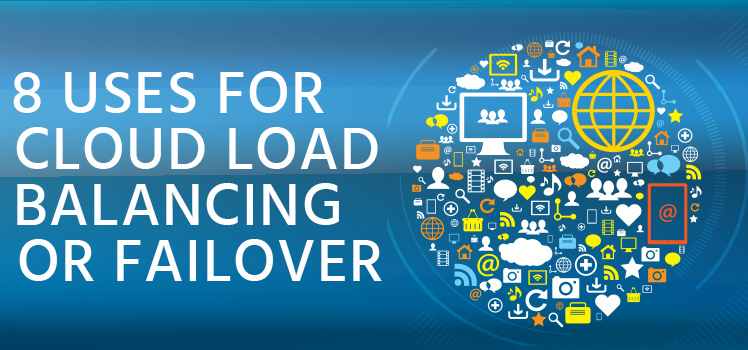How the Availability of Big Data is Transforming the World
All over the world, companies are competing with one another in the race towards digital transformation. According to a report by Gartner in 2016, one-half of all CEO’s expect their industries to be substantially or unrecognizably transformed by digital transformation. It is a recurrent digital evolutionary process of embedding technologies into nearly everything around us in order to cultivate knowledge and innovation, turning ideas into value. By digitally transforming themselves, Uber managed to disrupt the taxi business seemingly overnight without owning a single vehicle while Airbnb has totally altered the lodging industry without building a single room. Ideas are the new currency today, and the fuel that drives those ideas is data – Big Data. Big data is allowing organizations to augment internal processes and shift the cultural mindset towards innovation. As a result, the world is saturated with data. According to Forbes Magazine, more data has been created in the past two years than in the entire previous history.
What is Big Data?
As defined by Gartner, “Big data is high volume, high velocity, and/or high variety information assets that require new forms of processing to enable enhanced decision making, insight discovery and process optimization.” In non-technical language, it is about harnessing data streams in order to gain new insights and discoveries to create innovation. Organizations have always attempted to make data driven decisions by querying connected data. Traditionally, the querying process was performed by a specialized data analyst at the request of a manager. Under this model, data was queried in order to substantiate an existing premise or idea. Unfortunately, organizations had vast amounts of disconnected data that in essence was dead data since it could not be accessed and utilized. In addition, data that did not relate to the query was ignored. Big data is changing all of that. Today’s software allows managers and just about anyone in the company to access vast silos and streams of data. In addition, data is no longer required to be inputted and categorized into a traditional SQL database. Accessible data today can be videos/images, tweets, voice and text messages, system logs and click streams.
What makes big data possible is the emergence of four innovations:
- Agile IT
- Artificial Intelligence (AI)
- Cloud Computing
- Internet of Things (IoT)
IoT created the ability to generate and record data at an unprecedented rate. Cisco estimates that more than 27 billion IoT devices will implemented by 2021 which means that the generation of data will grow exponentially. Cloud computing provides the centralized collection depository required for this unprecedented amount of generated data. With the cloud, data can be accessed from anywhere. Through agile IT, IT teams can instantly deploy resources in order to respond to varying data volumes and provide the required infrastructure that supports the convergence of AI with big data. Through big data analytics, organizations can uncover hidden patterns, unknown correlations, undiscovered market trends, customer preferences to the most granular level that will then drive ideas.
Examples of Big Data
The possibilities are endless but some examples could include:
- A hotel chain adjusts its rates based on real time metrics such as destination demand, room inventory, weather forecasts and holidays
- A company that markets women’s accessories monitors social media sites for comments and reviews on new product lines
- A metropolitan police department reduces crime by predicting where crimes are the most likely to occur and monitoring the success of current efforts
- Farmers maximizes harvests and profits by utilizing a IoT devices that monitors soil and moisture content as well as drones that photograph crops to inspect them for bug infestation and disease
The possibilities of Big Data is only limited by the imagination today as technological innovations continue to foster new ways to gather and analyze data.
Data is Only Valuable if it is Available
All of this is great, as long as the data remains available, as data is only valuable if it is accessible. Many applications of big data rely on real-time data streams and any interruptions to these data flows will obstruct the analytical processes. Examples of real time data dependencies are financial institutions that monitor fluctuations in the stock market or traffic management systems analyzing transportation flows. Achieving 100% uptime is essential in big data environments. An automated cloud based load balancer assures organizations of redundancy, high availability and network optimization for their hybrid infrastructures. In addition, integrated automated failover solutions can redirect traffic to different servers, server groups, sites or even different locations in rapid manner in order to respond to disruptions or site-level outages.
The race to achieving digital transformation and leveraging big data requires commitment and careful planning, but the payouts can be substantial. Today’s ideas are data driven and having the ability to make that data fluidly available will obtain sizable competitive advantages.
 What is an Application Delivery Network?
What is an Application Delivery Network?  Global Server Load Balancing (GSLB)
Global Server Load Balancing (GSLB)  Measuring Failure
Measuring Failure 


